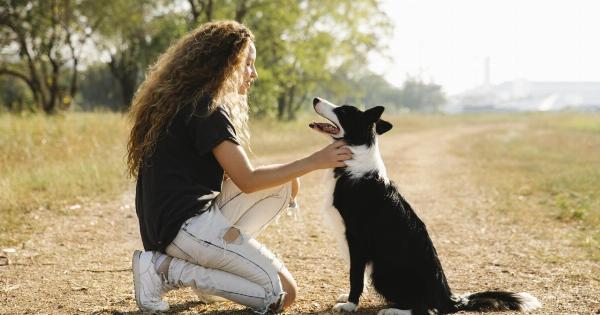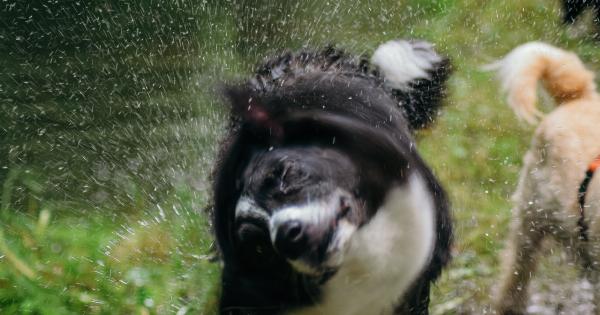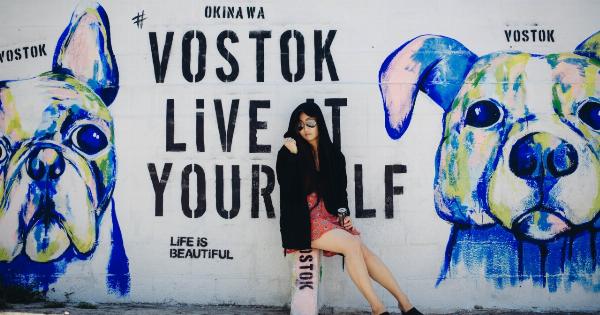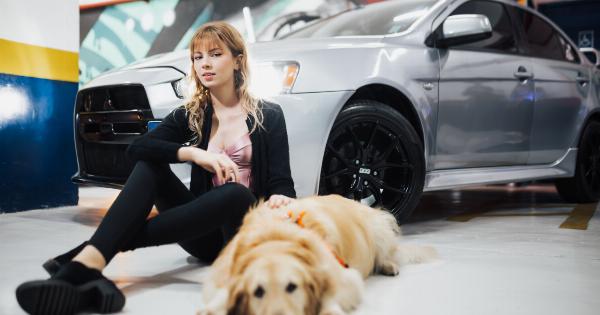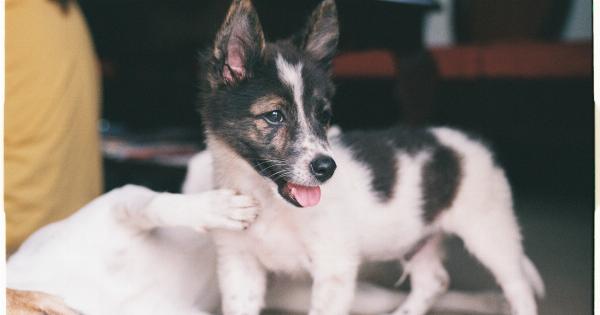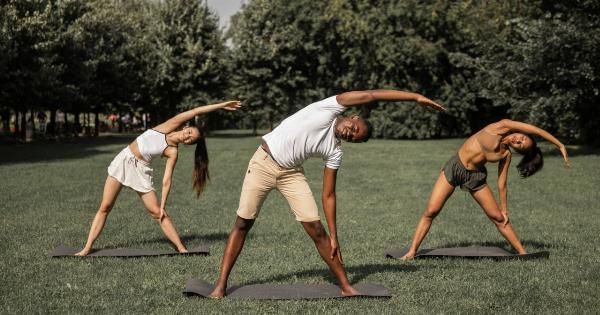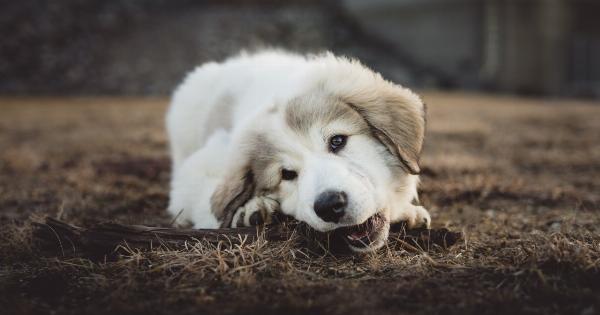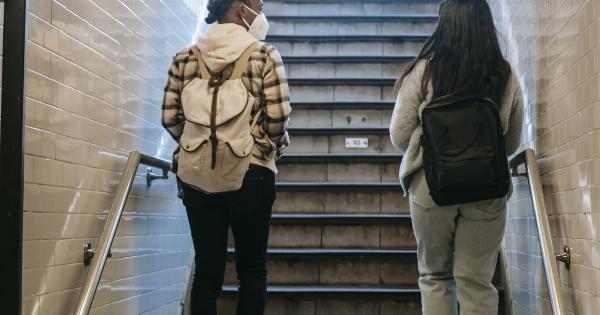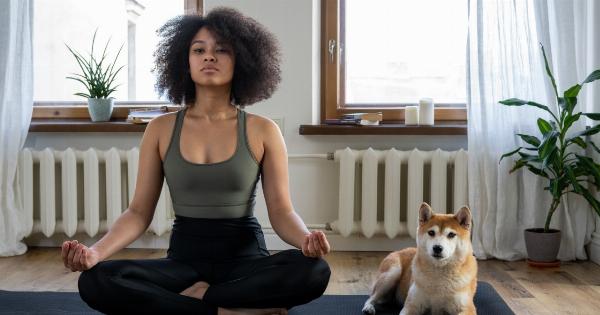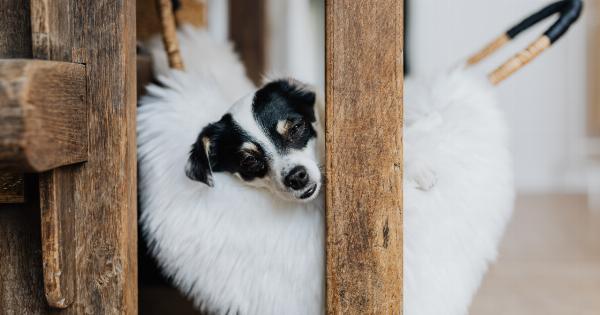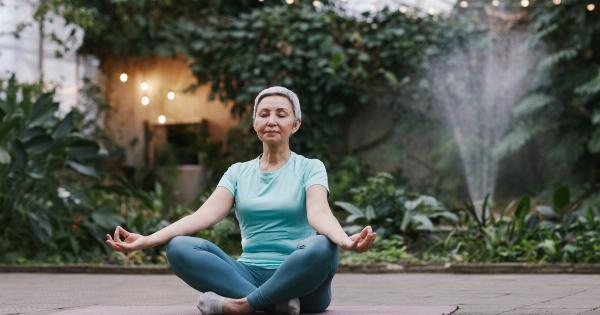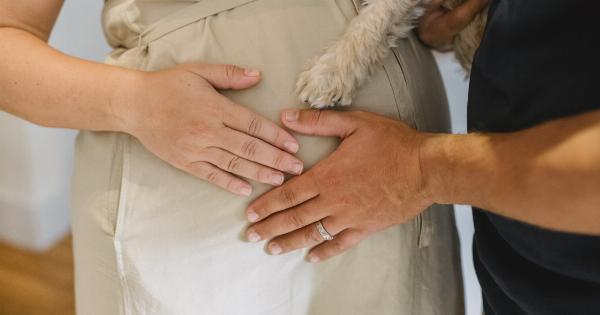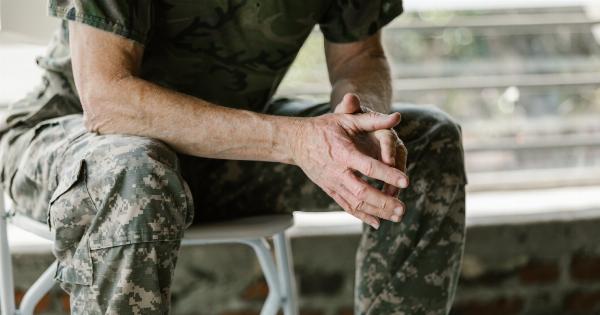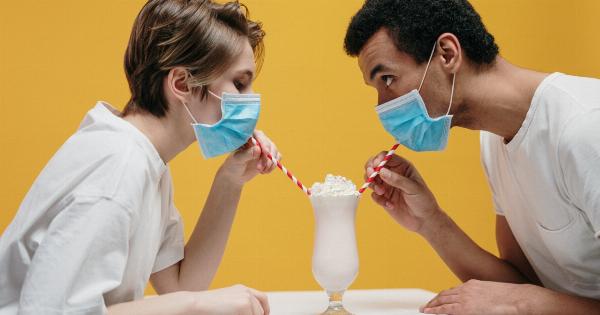Anxiety is a common issue among dogs and can greatly impact their overall well-being.
If your furry friend displays signs of anxiety, such as excessive barking, destructive behavior, or even aggression, it’s important to find effective ways to help them relax and feel more secure. In this article, we will explore various relaxation methods that can help alleviate anxiety in dogs.
1. Provide a Safe and Comfortable Space
Creating a designated safe space is crucial for anxious dogs. This space should be quiet, secluded, and filled with familiar scents and objects. Set up a cozy crate or a corner of a room with your dog’s bed, toys, and blankets.
Make sure this space is easily accessible to them and encourage them to use it whenever they feel anxious or overwhelmed.
2. Use Calming Music
Music therapy can work wonders for anxious dogs. Certain types of music, such as classical or reggae, have a soothing effect on dogs and can help reduce their stress levels.
Invest in a dog-specific playlist or play calming music in the background to create a relaxing environment for your furry friend.
3. Try Aromatherapy
Just like humans, dogs can benefit from the therapeutic properties of essential oils. Lavender, chamomile, and valerian oil are known for their calming effects and can help relax an anxious dog.
However, it’s crucial to use pet-friendly, diluted oils and never apply them directly to your dog’s skin. Consult with a veterinarian or a professional aromatherapist for guidance.
4. Practice Massage and Tactile Stimulation
Massage can be incredibly beneficial in promoting relaxation and reducing anxiety in dogs. Using gentle and slow strokes, massage your dog’s back, neck, and limbs.
This not only helps them release tension but also strengthens the bond between you two. Additionally, tactile stimulation, such as petting, can have a comforting effect on anxious dogs.
5. Introduce a Regular Exercise Routine
Physical exercise plays a vital role in maintaining a dog’s overall mental and emotional well-being. Regular exercise helps release pent-up energy and stimulates the production of endorphins, which are natural mood enhancers.
Engage your dog in activities such as walks, games, or interactive toys to keep them physically active and mentally stimulated.
6. Consider Anxiety-Reducing Supplements
In some cases, natural supplements can assist in reducing anxiety in dogs. Supplements such as chamomile, L-theanine, and melatonin have calming properties and can help alleviate anxiety symptoms.
However, it’s important to consult with a veterinarian before introducing any supplements to ensure they are safe and appropriate for your dog.
7. Use Anxiety Wraps or Shirts
Anxiety wraps or shirts, such as Thundershirts, can provide a sense of security and comfort to anxious dogs. These garments apply gentle, constant pressure to your dog’s torso, similar to the sensation of being hugged.
The pressure has a calming effect on the nervous system, helping to reduce anxiety levels during stressful situations such as thunderstorms, fireworks, or vet visits.
8. Implement Behavior Modification Techniques
Behavior modification techniques, including desensitization and counterconditioning, can help reduce anxiety in dogs.
These methods involve gradually exposing your dog to the triggers that cause anxiety, while simultaneously rewarding them for calm behavior. Seek guidance from a professional dog trainer or animal behaviorist to correctly implement these techniques.
9. Engage in Interactive and Puzzle Toys
Interactive and puzzle toys can distract an anxious dog and redirect their focus to a rewarding and mentally stimulating activity.
These toys typically require problem-solving skills to obtain treats or rewards, keeping the dog engaged and mentally occupied. Engaging with such toys can help alleviate anxiety and promote relaxation.
10. Consider Professional Help
If your dog’s anxiety persists despite your best efforts, it may be beneficial to seek professional help. A qualified veterinarian or animal behaviorist can assess your dog’s specific needs and create a tailored treatment plan.
They may recommend additional techniques, therapies, or even medication to help your dog manage their anxiety.

